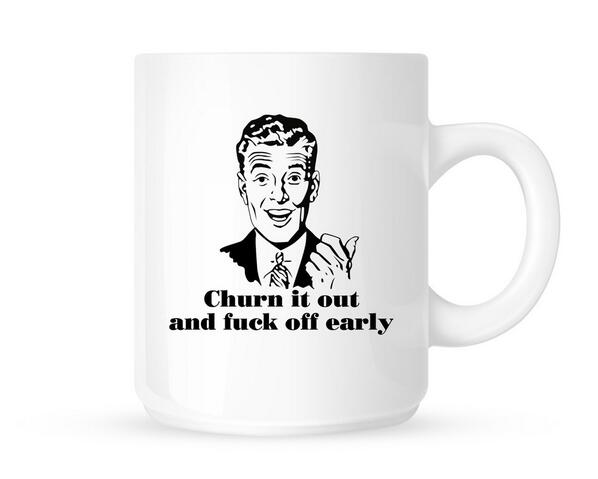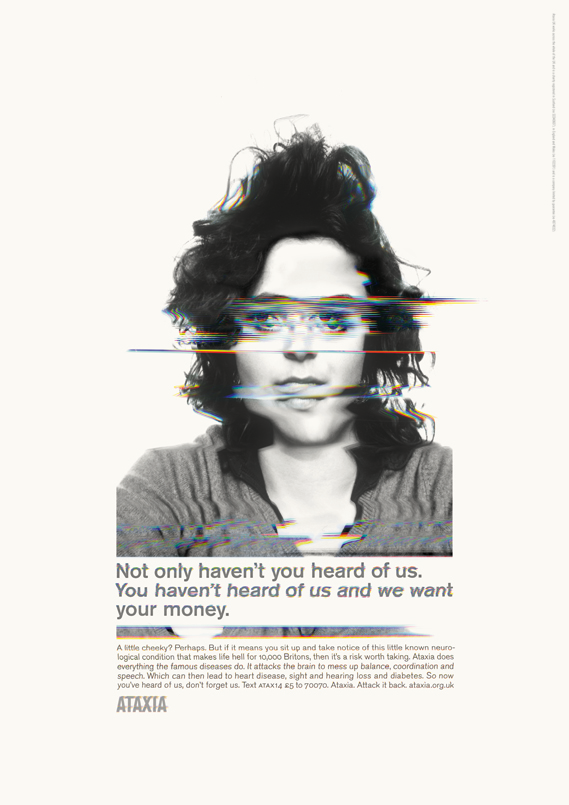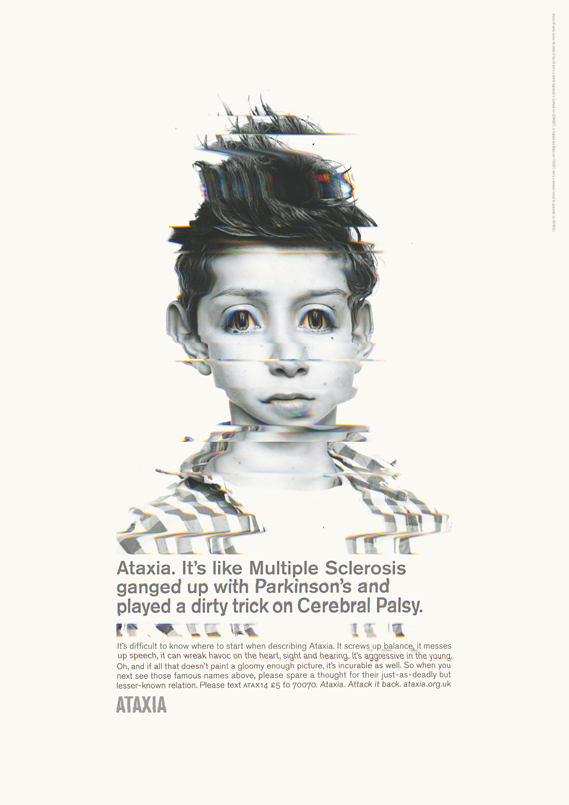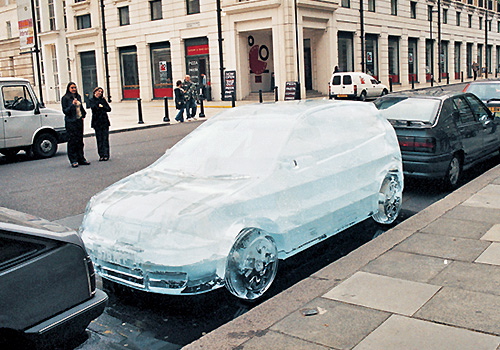I just got your message baby, so sad to see you fade away. What in the world is this feeling, catch a breath and leave me reeling? It’ll get you in the end, its the weekend.
Animals stuck in odd places but don’t seem to mind (thanks, J).
The human condition, perfectly captured in photos (thanks, J).
Romantic pictures from Russian dating sites (thanks, L).
Cool optical illusion (thanks, D):
The futility of existence (thanks, J):
How to contemporary dance (thanks, B):
Chop tomatoes easily (thanks, B):
The best muso insults (thanks, T).
If classic footballers made albums (thanks, T).
PRANK MY DAD!!!!:
Are you a basic bitch?
35 most amazing restaurant views (thanks, T).
Nietzsche writes Upworthy headlines (thanks, T).






